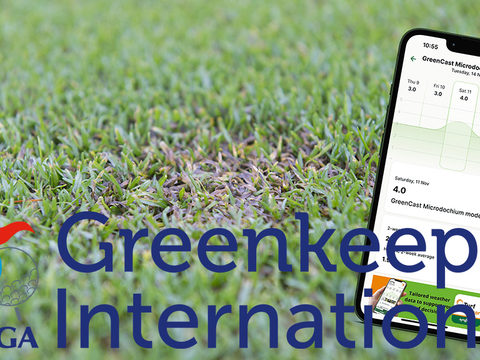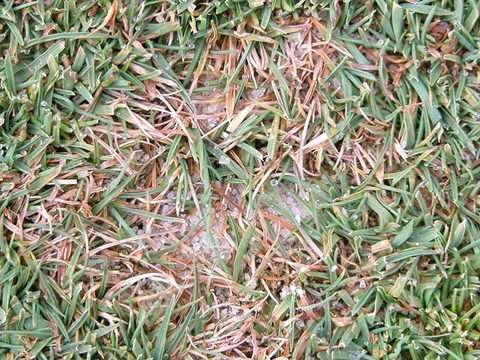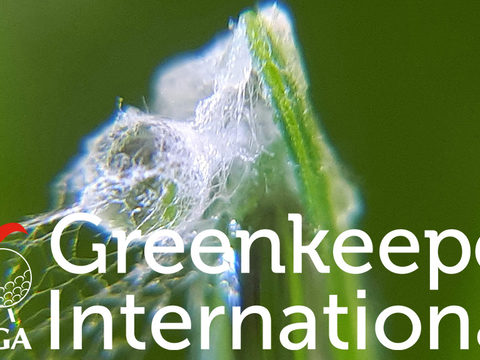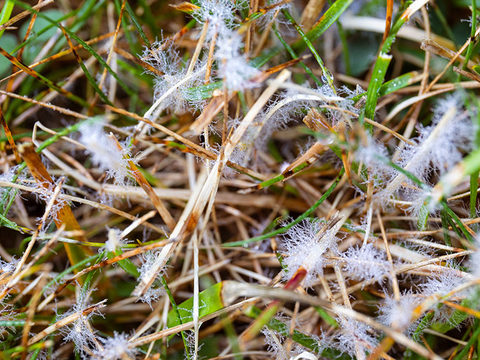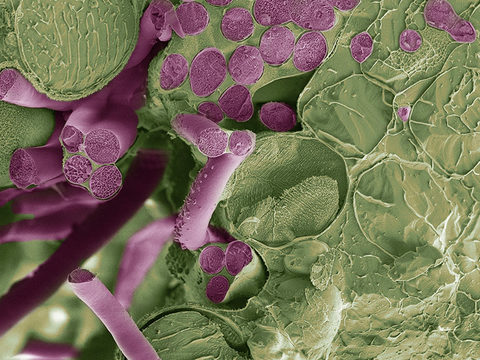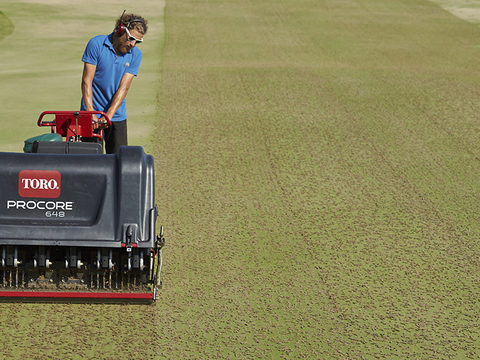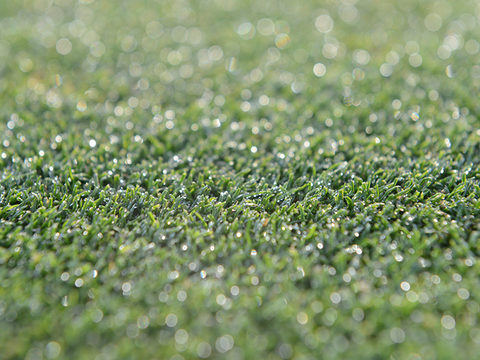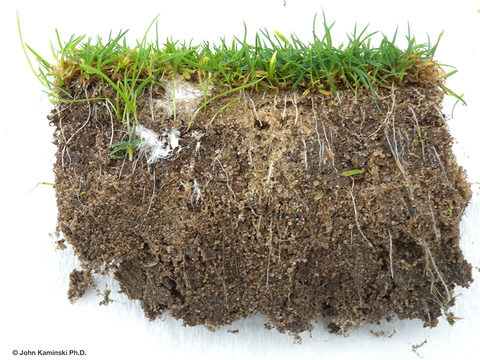Fuzz factors
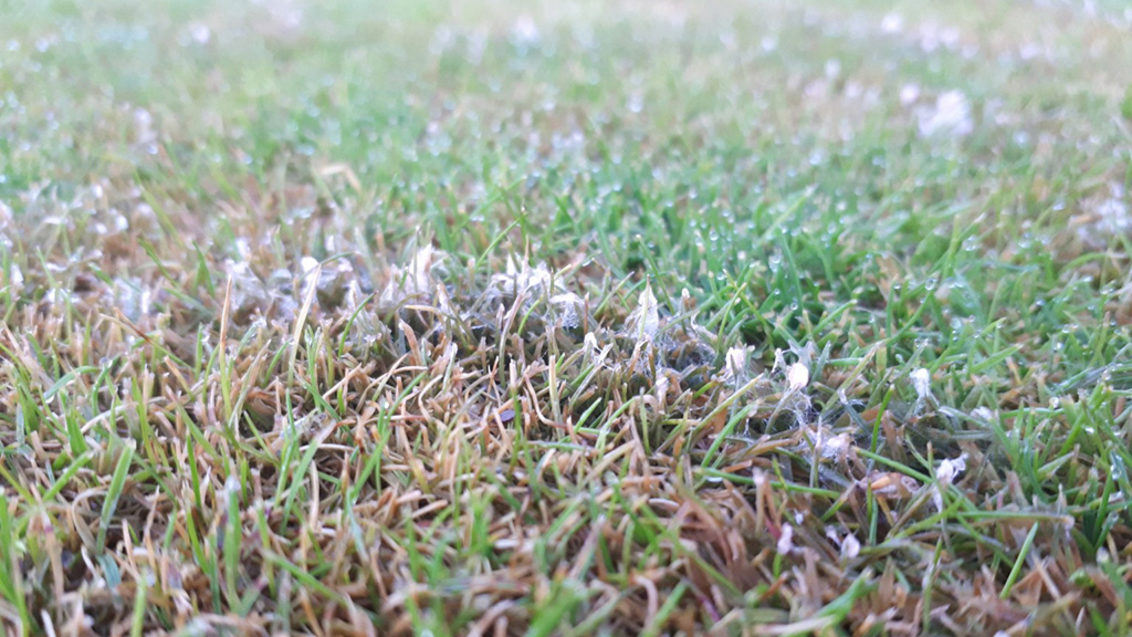
As we move into autumn the onset of heavy dews and shorter days for surfaces to dry out hugely increases the risks of microdochium patch - as was formerly known as Fusarium, or colloquially, the dreaded Fuzz.
This year’s relatively cool wet summer has also created the conditions for higher pathogen survival in thatch and soil, with the potential for earlier onset of disease, warns Syngenta Technical Manager, Sean Loakes.

Although typically associated with colder late autumn and winter temperatures, research has shown that the microdochium pathogen is more active at higher temperatures, providing there is sufficient moisture. Lab trials indicate disease growth can be greatest at 15-18⁰C - but in practice would result in little or no problem on turf surfaces.
That’s because at higher temperatures the turf surfaces tend to dry faster with limited duration of leaf wetness for disease to develop, even with irrigation. Furthermore, the conditions are better for active turf growth that enables plants to recover and grow away from damage, along with stronger turf plant health that makes turf more resilient to the disease attack.
The greatest danger occurs when conditions are warm enough for the disease to develop, but insufficient to support good turf growth.
That can be further exacerbated if any other turf health or growth factors are compromised, such as nutrient or moisture stress, excessive wear or poor rooting, effectively increasing stress on the plant and making it more susceptible to infection.
Disease models developed by Syngenta have used rainfall and temperature data to forecast potential for microdochium to develop and create issues on playing surfaces. The highest risk occurs at a temperature of 4 to 7⁰C, coupled with three rain events in any rolling six-day period (Table 1). Lower temperature reduces the risk, as the pathogen would be slower to develop - down to activity ceasing below 0⁰C. The risk score is also reduced at higher temperatures, with greater turf resilience and reduced leaf wetness.
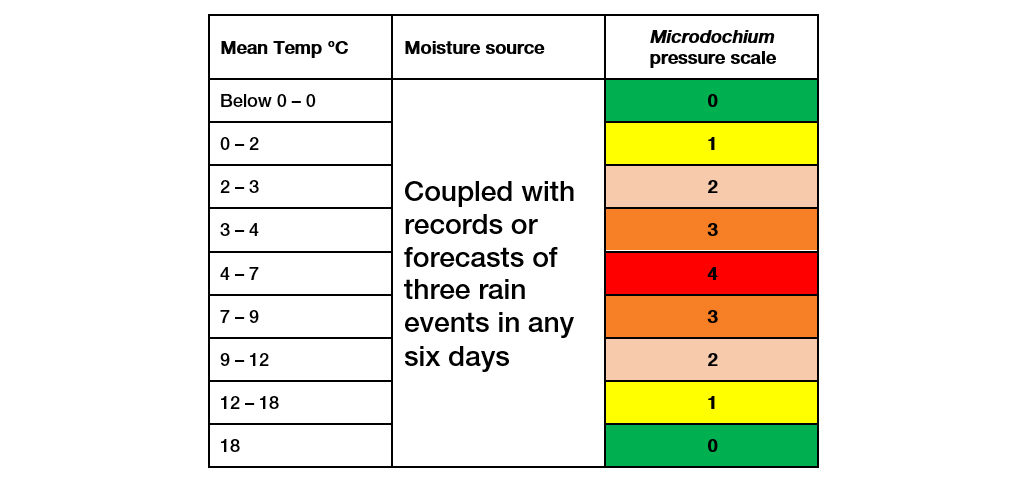
The model has proved highly successful and reliable, in providing guidance on actions and timing of preventative fungicide applications. Independent trials by STRI demonstrated improved control of disease and surface quality from applications solely governed by the Syngenta disease model, compared to routine treatments or application at first visible symptoms of disease. Furthermore, it achieved the better results from fewer, well-timed, applications over the course of the season.
However, the model is only a support tool for greenkeeper and agronomists’ decisions. It evaluates a limited number of parameters, when in reality there are multiple ‘Fuzz factors’ influencing disease development.
Now, the introduction of a new Turf Advisor app, set to be lunched this season, will provide wider aspects of weather-related data that will enable better interpretation and implementation of the information, to further refine decision making.
One of the key factors here is leaf moisture, which by the time of early autumn renovations can start to be a real issue. Furthermore, as night temperatures cool into late summer the air can hold less moisture, so humidity at the turf surface increases. At the same time turf plant transpiration decreases and guttation – the process by which water seeps out of the leaf through the stomata – increases. The combined effect is increased periods of leaf wetness.
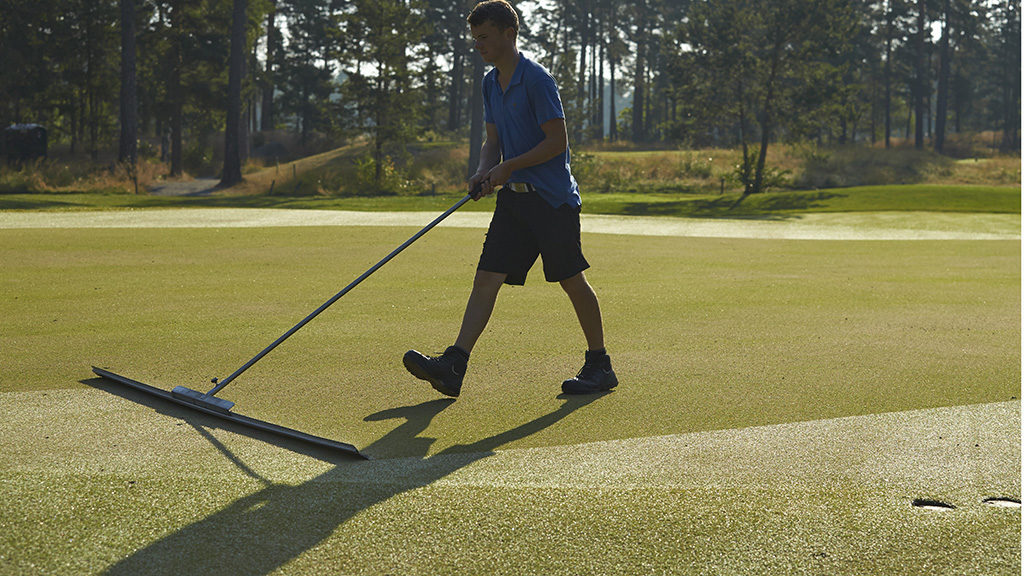
Air temperature and wind speed will also influence how quickly surfaces are likely to dry, while soil temperature and turf growth potential will help to indicate the plants’ resilience to disease infection.
The free Turf Advisor app will provide all these weather data options, with a customisable dashboard to select the appropriate factors and prioritise them for any individual golf course. Taken together, it provides a dataset to make more effective decisions on Integrated Turf Management practices that can better control the effects of disease and make better use of fungicide applications to deliver consistently better surface quality.
In STRI trials in Yorkshire applications of FR321 – combining both the contact action of Medallion TL and preventative systemic Heritage – were highly effective in controlling microdochium patch and showing corresponding improvement in turf quality right through the winter period.
The timing was designed to reduce the pathogen loading in the turf and protect the leaf with Medallion, along with getting systemic protection of Heritage into the plant whilst it was still growing.
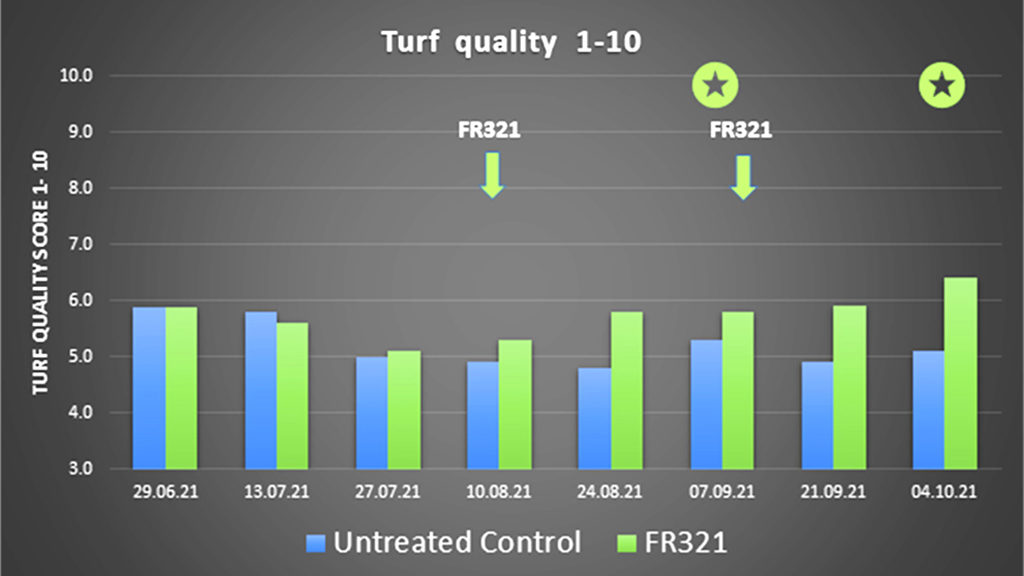
When disease flared up, to double infection from 5% to 10% of area infected in untreated plots, between September and October, the two-spray fungicide programme controlled the outbreak and maintained a 10% improvement in surface quality throughout the trial (Fig 1). A 10% visible infection rate equates to over 50m2 of surface area affected on an average sized green, equivalent to a completely unsustainable 1000m2 of greens affected across the course.
Repeated years of Syngenta turf disease trials at STRI have shown that starting the programme early to target peak risk timing makes a huge contribution to preventing microdochium patch developing through the season.
Furthermore, the increasing prevalence of extreme weather events with the changing climate - and periods of what would be considered unseasonable conditions - makes the greater understanding of weather influences on disease attacks even more important. Having the information available ready to hand will ensure greenkeepers can be better prepared to adjust ITM strategies.



